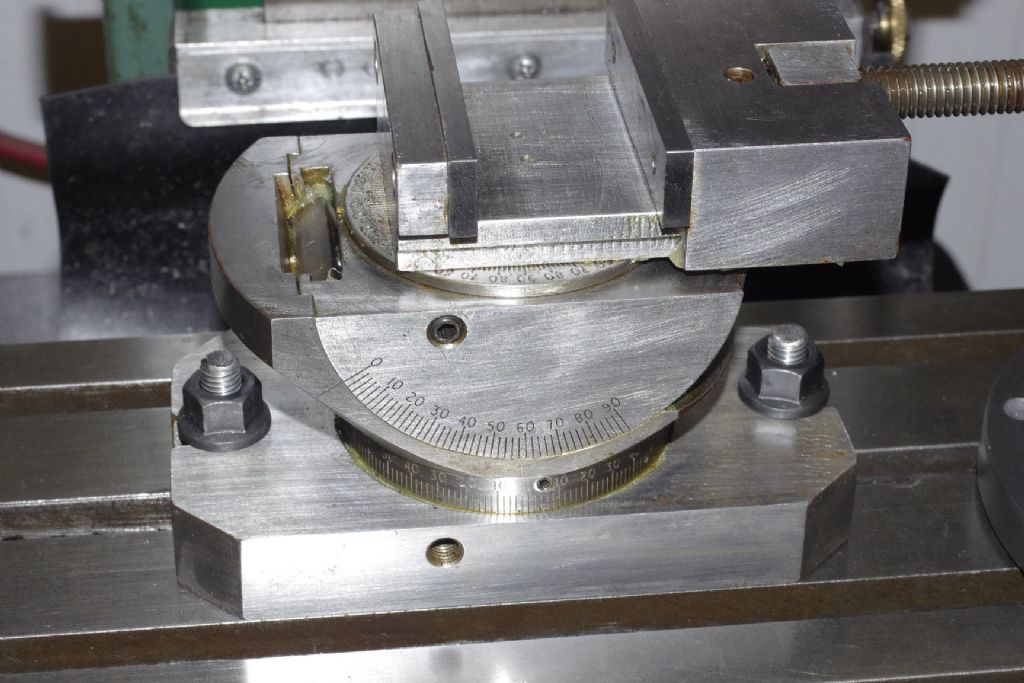I had a bit of a snigger when I read the comments about the tool I had made to hold the 22 size insert and still pass into a hole of 0.800". I have to confess two points regarding that tool. It is made of a bit of steel that was laying around, and I strongly suspect it is a bit of stainless steel. The photo is the only one taken of it and as soon as I fitted the insert, I realised my mistake. The insert housing is much too near the end of the tool and the insert overhangs the end dangerously. The entire end has now been remachined to give the best support that I could manage.
Regarding lending the tool, The chance of damaging it is remote if careful attention to the actual thread cutting is adhered to. With a 5 ACME, the actual depth of thread is 0.1" deep from the start bore of 0.8", resulting in a finished diameter of 1". This might have to be increased very slightly if the leadscrew is used as the go gauge.
To use the leadscrew as a gauge, you would have to remove the tailstock.
If the thread is produced in multiple passes normally, from first touch in the bore, depths of +0.015",(twice) + 0.014", +0.012", +0.010", +0.008", +0.006", +0.005",(twice) +0.004, +0.003", +0.002", +0.001", which make the total 0.1" deep cut. Any further passes to get the leadscrew just fitting to be made at 0.001" or less. The reduction in depth of cut as the threading gets deeper is because the ammount cut is getting bigger each time.
I can make another tool any time and your only requirement would be to buy me another insert if you broke it which is very unlikely, so the offer stands.
I'm back at the museum tommorrow and will be able to measure the working length of the tool, which will have to be longer than your nuts if the thread is right hand to give you time to disengage the leadscrew nuts after each pass.
Edited By old mart on 11/06/2021 18:49:30
old mart.














